It’s easy to understand the terms “differentiated” and “self-paced learning.” Montessori and other private schools have used these learning techniques for years, but it is beginning to sound like public schools may be getting the same treatment if higher education has its way. However, it is a big change for the public schools. Probably even bigger than the change to using technology, i.e., where all students have iPads for books and notes. We were lucky to have a film to sleep through.
What does differentiated and self-paced learning mean for trainers? We are already using technology. That’s one modality. What options are there for us? I’m going to play dumb here to keep it basic. I searched the Internet. Where else can one find information like this? I did two simple searches since I’m not writing a term paper here.
One search focused on education. The result: the educators are very focused on differentiated learning and have been for a while; however, the hard work of the higher educational system that teaches new teachers how differentiated learning is important is erased by student teaching in a district that does not embrace it.
My other search was focused on training. The result: while trainers embraced differentiated learning they didn’t have the training to use it. They like the idea of being able to market different modalities and this is the opportunity to do so since the learning depends on each individual student’s progress. However, with trainers, I’m sorry to say, I didn’t see much in the way of face-to-face getting-to-know the particular learning styles that worked best–just what the learner preferred. So in this case, all bang, no buck. The technique does not use “preferred,” but rather actual ways a student or trainee learns best. Most of either class will tell you what is the least work for them is preferred.
Self-paced learning by itself helps. The current system rewards those who remember the most knowledge or concepts from class by awarding levels or grades. For students, it’s something to shoot for, but it can also be a stigma, an expectation, a pressure to others–even the students with the good grades. Bad grades often add to low self-esteem. Not always a positive.
Self-paced learning allows a student or trainee to continue until he or she has mastered one concept before moving on to the next. A person has a sense of accomplishment for finishing the race even if he or she wasn’t first. Obviously this is great for learning math. It’s very difficult to proceed to the higher, more complex level if you haven’t mastered the previous level. As for trainers, trainees can prove themselves at each level before moving into an area where safety or experience in earlier procedures are based on their competence.
The most prestigious educators think differentiated and self-paced learning is in the immediate future, but it is implementation that is most difficult especially for teachers. School systems are seldom run by young, informed educators and parents.
Change means cost to a district. It means a revamp of teaching schedules, a re-haul on parent/teacher communication, syllabi will change as well as curriculum. Hiring a teacher or two. There’s always “if it ain’t broke…” mentality. Improvements like this are for the future, too. You can’t always rest on laurels.
What seems so easy to accept in theory becomes so difficult and complicated in implementation and practice. This “change” is extremely hard to accept for practical reasons as well as the usual resistance to change.
For a teacher, it can be dangerous debating with the very administration that hired you over the way schools do things in its district. In a standoff like that it’s easy to see who wins. And what new teacher wants to put her job on the line to do that? It takes a certain talent and knowledge to use differentiated and self-paced learning. It’s not something someone just takes on. You have a variety of teachers at a public school and not all are trained, some don’t want to be, and some won’t be. A major obstacle to this change before you even begin.
Trainers have an easier time of it. Once they have figured out the best way to ascertain how the trainees learn, then they can provide a plan of differentiated and self-paced learning, if, and only if, the material requires it.
It’s not that these techniques are new either. I studied differentiated learning and self-paced learning in my psychology learning class in college. And, that was 30 years ago. The theory and practice has been around at least that long. You’d think we’d have use it by now. Again, in the education setting, smaller private schools are able to adapt.
Some of us in a classroom instruction actually do most of it as we let the pace of the class drive us. We know who is struggling and who needs to stimulated and we help in the right direction. We use different modalities. Unfortunately we have limited time, much like that of any other classroom teacher. It’s not enough. While we bring these different modalities to the classroom, they don’t work for everyone. That’s why you have to get with the whole program.
However, some of the best schools, without the nod of school boards, are getting it. Younger administrators are allowing experimentation, combining classes, breaking up classes in their districts in an attempt to do this on a small scale. Testing it before they take it public. At this point it may be the best we can do. It’s a start. Bravo!
Trainers need to do the same. Get some training ourselves. Learn what looks easier on the surface. Starting small will make you more proficient. And when you know it you can communicate it better to clients.
Happy training.
A disclaimer. This commentary is mine and mine alone, and the opinion expressed here is not influenced by The Free Management Library in any way.
As the Host of the Blog site, I ask that you take a look at my new blog that focuses on other topics than training. My other training/speech blog is still out there, but I’m letting it die in cyber space. My best selling e-book, The Cave Man Guide to Training and Development is out. I need to tell you that I know Cave Man is not spelled that way and that is on purpose. The Cave is where we work, play and live. Read the book and you’ll get it. I hope to have two more following it soon. I also have a futuristic e-novel, Harry’s Reality, a look at what happens when society gives up control of the mismanaged dying planet to an evolving artificial intelligence. It is also available at any book store that sells e-books, and directly through Smashwords. By the way on my blog site you’ll find snippets of the novel and a coupon for a free download of my novel through Smashwords.
For more resources about training, see the Training library.






Leave a Reply
You must be logged in to post a comment.